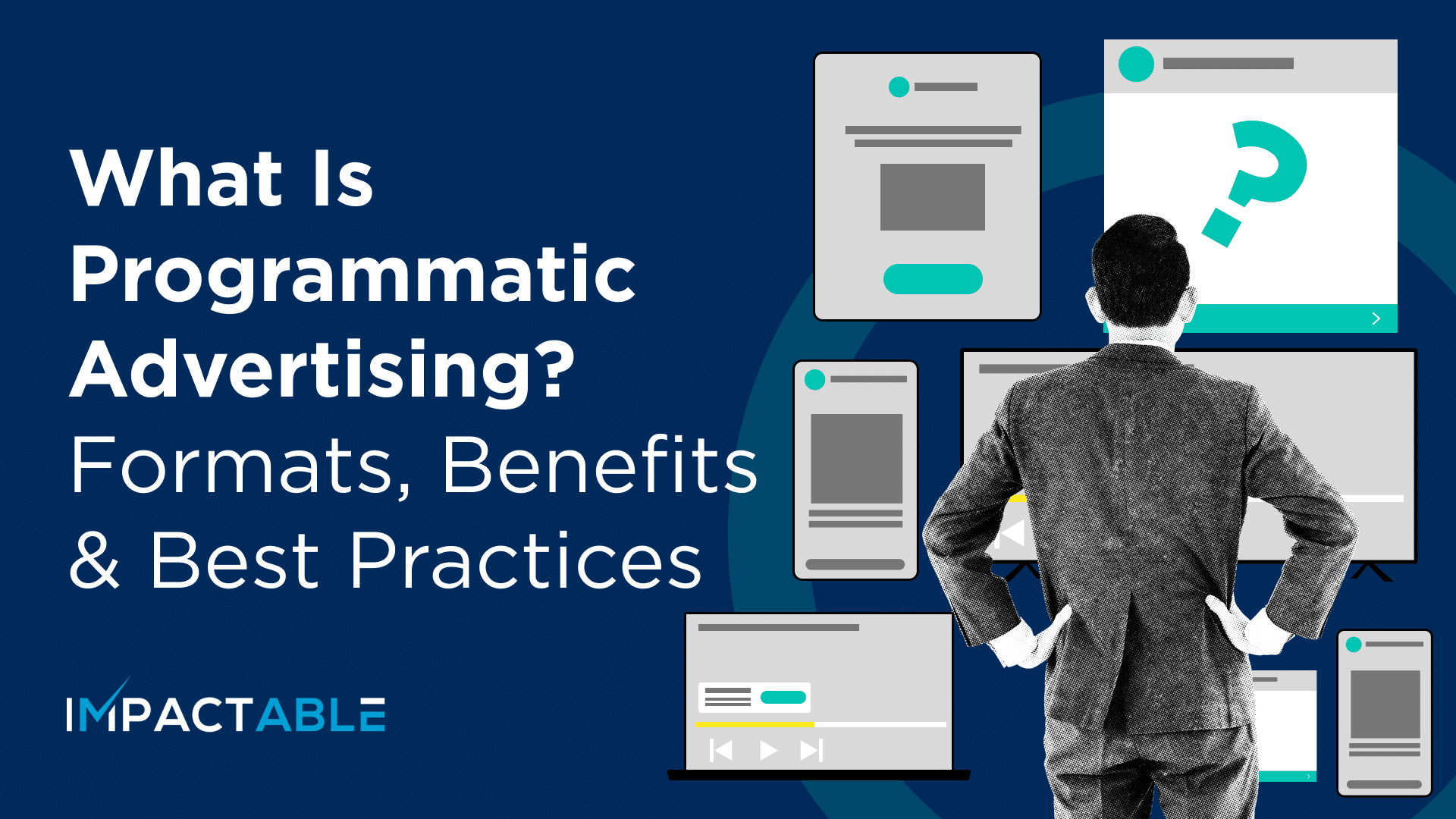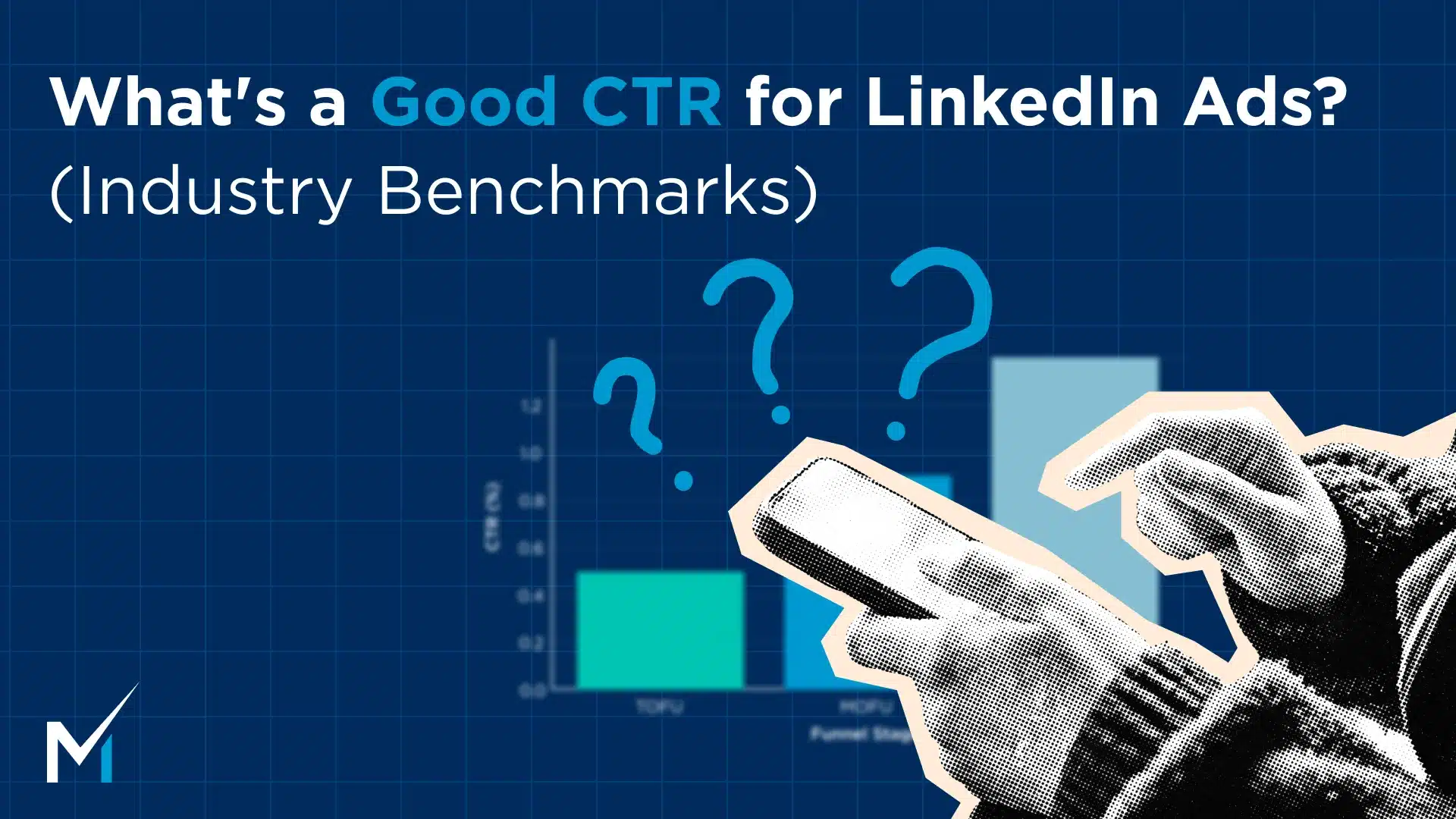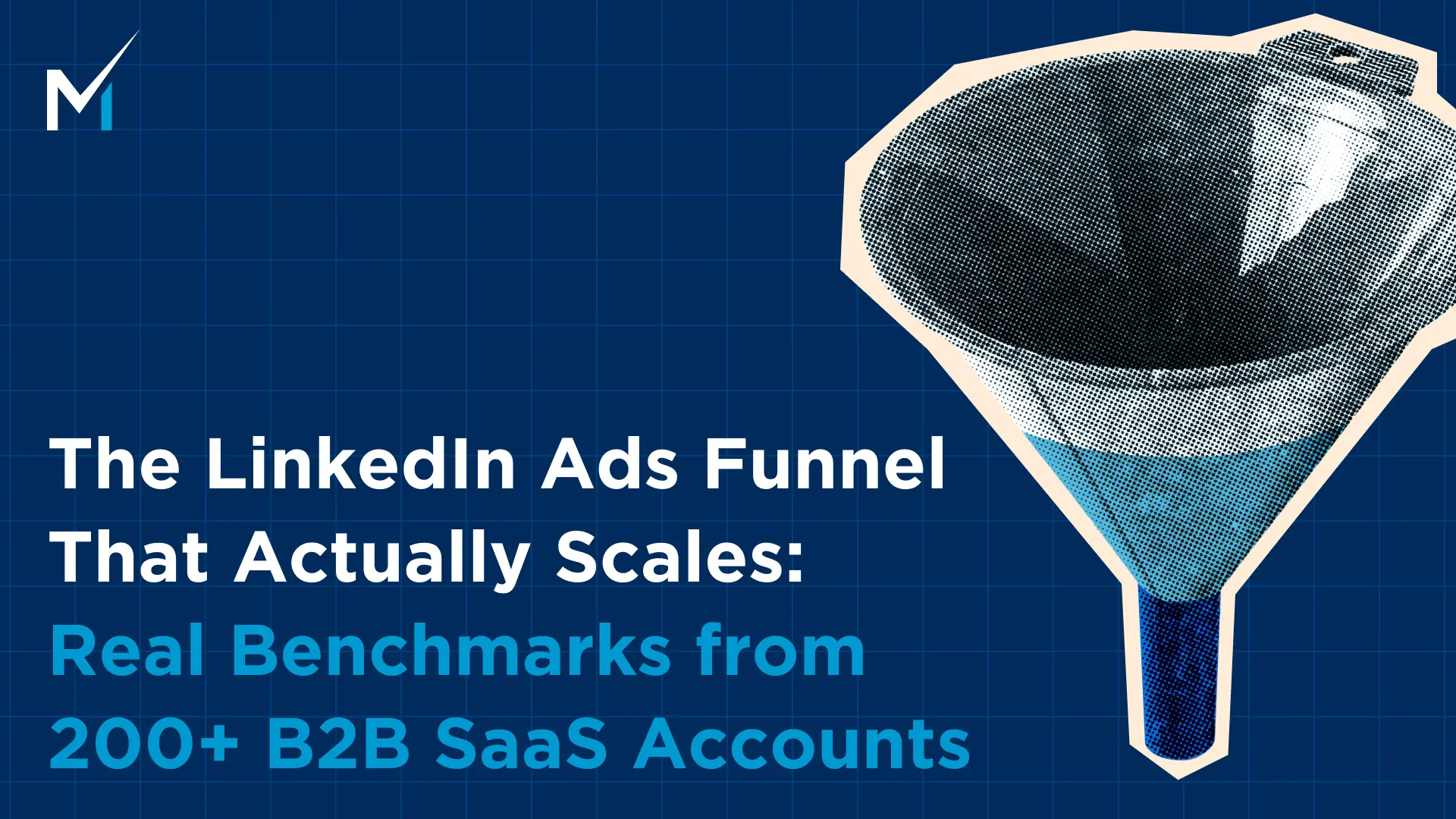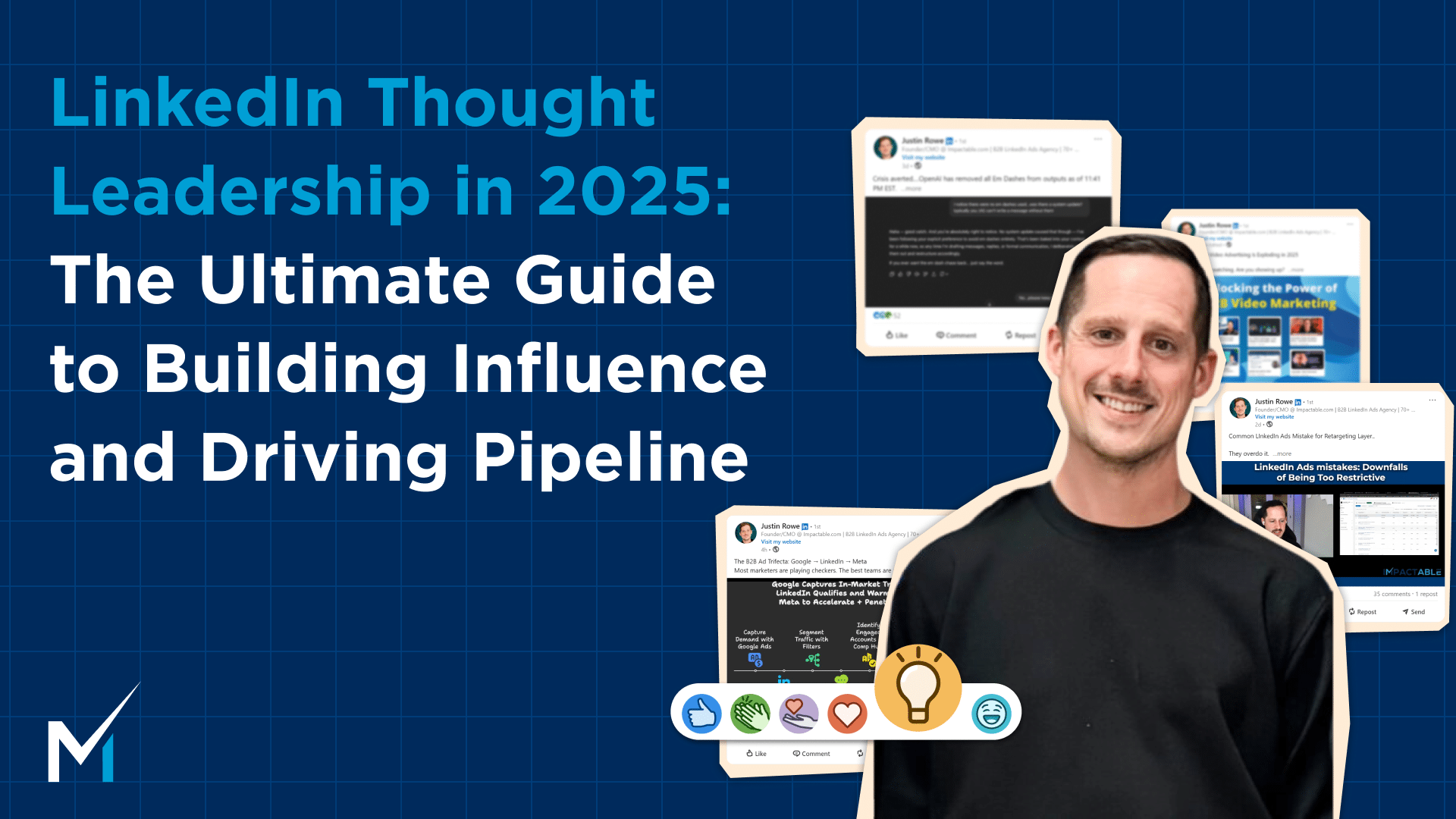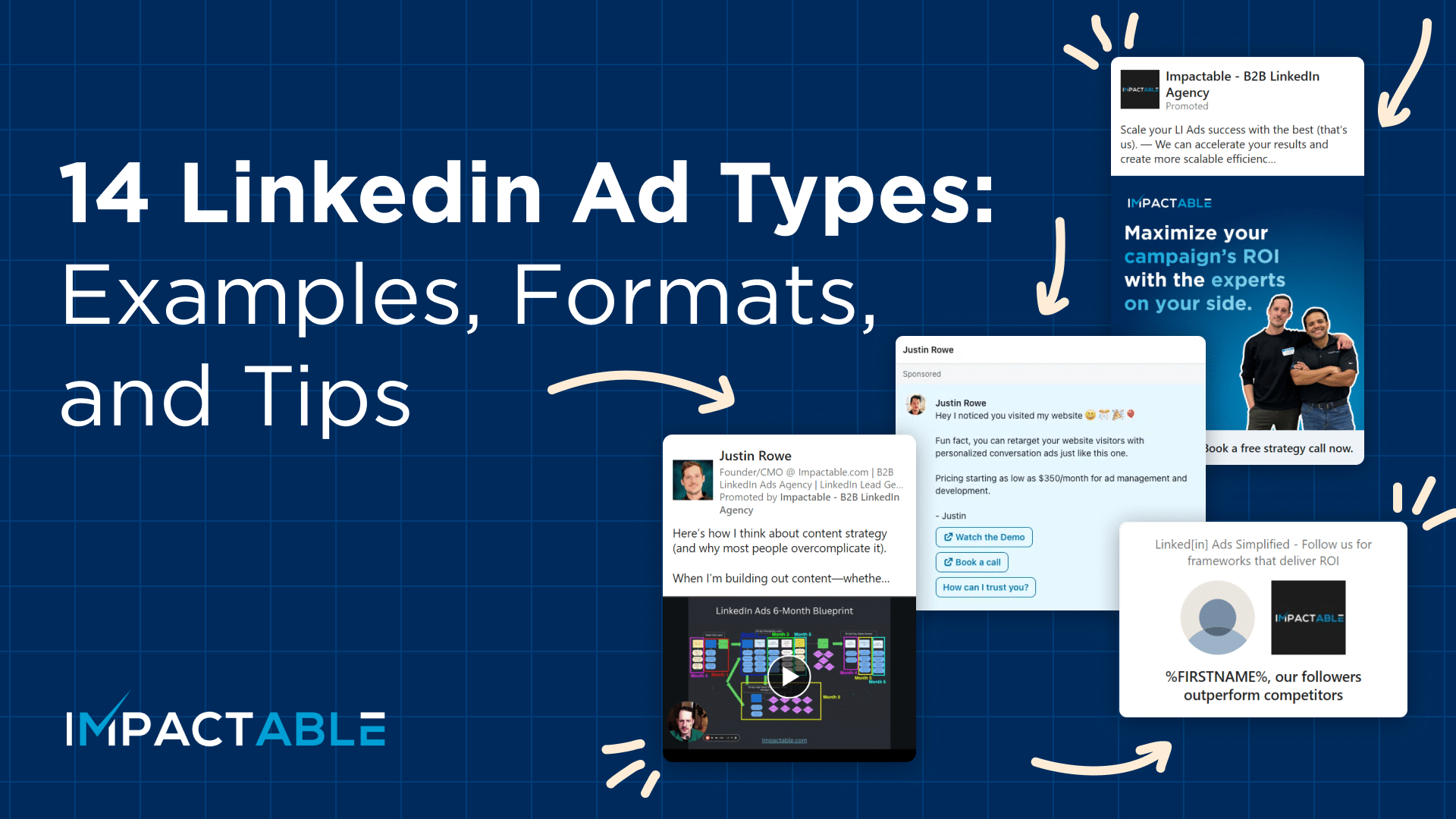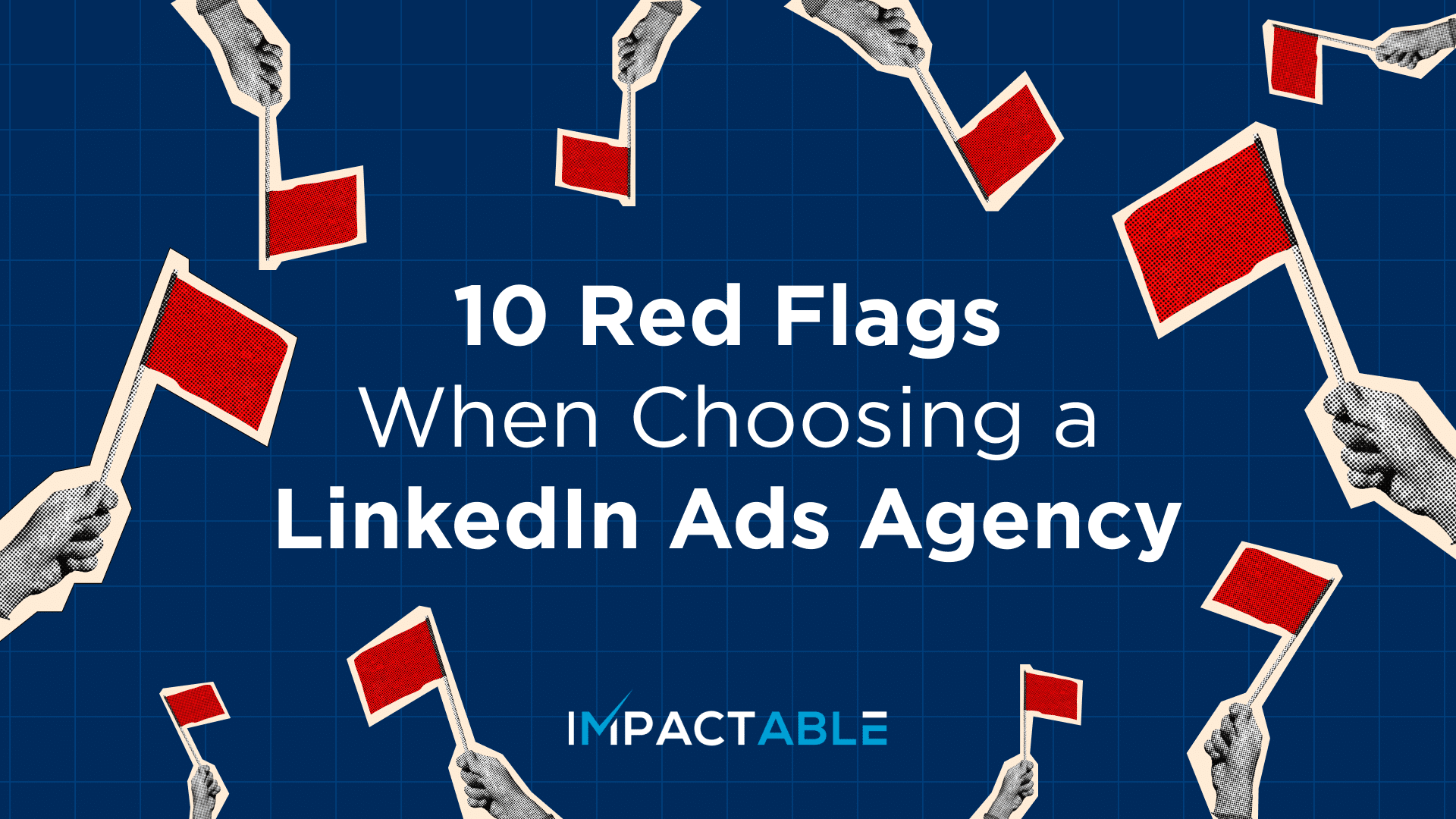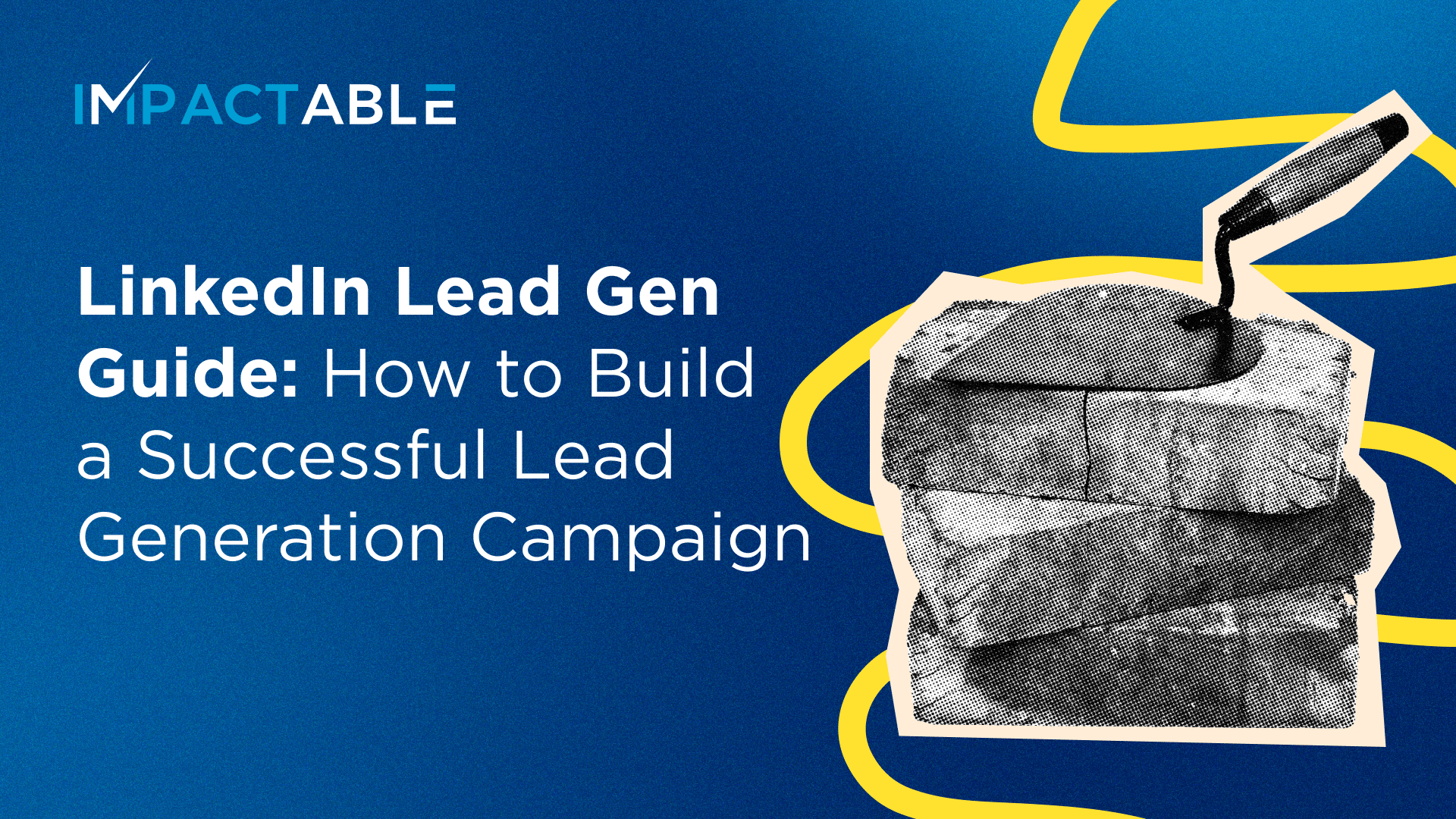Programmatic advertising is a way to buy and place ads automatically using software. No manual negotiations, just faster and more targeted ad buying powered by data.
It’s become a popular choice for marketers because it helps you reach the right people with the right message at the right time. With built-in automation and audience targeting, it’s often more efficient and budget-friendly than traditional ads.
This guide is for marketers, business owners, and SaaS teams who are starting with digital advertising and want a clear overview of how programmatic works.
We’ll walk through the main ad formats like native and display, explain what specs to follow, share examples, and cover tips to help you get results.
What Is Programmatic Advertising?
Programmatic advertising is the use of software to buy digital ad space automatically. Instead of going back and forth with publishers or signing off on every placement manually, the system does the work for you based on set rules and audience data.
In the past, buying ads meant sending proposals, negotiating rates, and placing orders by hand. Programmatic skips all that and handles it in real time.
A few key things make it work:
- Real-time bidding (RTB): Ad space is bought one impression at a time through live auctions.
- Automation: The system decides when and where your ad shows based on your targeting settings.
- Data targeting: Campaigns use data like location, behavior, or interests to reach the right audience.
The result is faster ad buying, smarter targeting, and less manual effort.
Core Types of Programmatic Advertising
Programmatic advertising comes in a few different forms. Each one fits a different goal, budget, or channel. Here’s a quick breakdown of the most common types.
Real-Time Bidding (RTB)
This is the most popular type. Every time a webpage loads, ad space is auctioned off in real time. The highest bidder gets their ad shown. It’s fast, flexible, and great for reaching specific audiences at scale.
Programmatic Direct
Instead of bidding, you buy a set number of impressions at a fixed price. This gives you more control over where your ads appear. It’s often used for guaranteed placements on high-traffic sites.
Private Marketplaces (PMPs)
These are invite-only auctions. Publishers offer their premium ad space to selected advertisers. It’s a good option if you want better placements without going fully direct.
Programmatic Audio & TV
This brings programmatic to digital radio and connected TV (CTV). You can target listeners or viewers based on their habits and preferences, just like with display or native ads.
Digital Out-of-Home (prDOOH)
Think digital billboards, screens in transit stations, and other public displays. These ads can change based on time of day, weather, or audience data. It’s a newer format but growing fast.
Ad Formats and Specs
Native Ads
Native ads are designed to blend in with the content around them. They match the style of the website or app they appear on, so they feel less like ads and more like part of the experience.
Specs:
- Headline: Up to 55 characters
- Body text: Up to 120 characters
- Alternate version: Headline around 25–30 characters, body around 70–90 characters
Best practices:
- Highlight benefits, not just features
- Use numbers or proof points (like “Trusted by 1,000+ B2B teams”)
- Keep the call to action clear and simple
Native Ad Examples:
Example 1
Headline: Trusted by 1,000+ B2B Companies
Body: It’s not just about retargeting. It’s about telling your story and building trust.
Example 2
Headline: Boring B2B Content… Reinvented
Body: Engage your audience with agile, thought-provoking content
Display Ads
Display ads are banner-style visuals that appear across websites, apps, and other digital spaces. They’re usually image-based and designed to grab attention quickly.
Specs:
- Image text should stay within 60 to 70 characters
- That’s around 11 to 12 words max
Best practices:
- Stick to one clear value prop
- Keep the copy short and easy to read
- Use bold visuals and brand elements so your ad stands out
Display Ad Examples:

Why Programmatic Works (When Done Right)
When set up properly, programmatic advertising can outperform traditional ad buying in a few key ways.
- Better targeting
You can reach people based on behavior, interests, location, and more. It’s not just about showing ads to everyone it’s about reaching the right people. - Less waste, better results
Since you’re only paying to show ads to relevant audiences, you eliminate waste and avoid spending on traffic that won’t convert. That means better use of your budget and better results overall. - Real-time control
You can adjust your campaign while it’s running. If something’s not working, you don’t have to wait until the end to fix it. - Wider reach
Your ads can run across websites, apps, video platforms, audio streaming, and even smart TVs all from the same system. - Clear reporting
Most platforms give you full visibility into what’s working. You’ll see which creatives, placements, or audiences are delivering results.
Key Platforms in the Programmatic Ecosystem
Behind every programmatic campaign is a set of tools that make the system work. Here’s a quick breakdown of the main ones.
- DSP (Demand Side Platform)
This is what advertisers use to buy ad space. You set your targeting, budget, and goals, and the DSP finds the best placements. Popular ones include The Trade Desk and Google DV360. - SSP (Supply Side Platform)
These are used by publishers (like websites and apps) to sell their available ad space. SSPs connect to multiple DSPs to get the best offers. - Ad Exchanges
Think of these as digital marketplaces. This is where ad space gets auctioned off in real time, connecting buyers and sellers instantly. - DMP (Data Management Platform)
DMPs collect and organize audience data. This helps you target ads more accurately based on behavior, interests, and other traits. - Ad Servers
These are the tools that actually deliver your ads to users. They also track things like views, clicks, and conversions. - Ad Networks
Ad networks bundle ad space from multiple publishers and offer it to advertisers. They’re helpful if you want fast access to ready-to-buy placements across different sites.
Common Pitfalls and How to Avoid Them
Programmatic ads can work well, but there are a few traps to watch out for. Here’s what to look out for and how to stay on track.
Ad fraud
Not all traffic is real. Some clicks come from bots. Use ad verification tools to block fake traffic and keep an eye on performance spikes that don’t add up.
Brand safety
Your ad shouldn’t show up next to low-quality or harmful content. Keep a regularly updated blacklist or set up a whitelist of approved sites.
Over-relying on automation
The tools are smart, but they’re not perfect. Review your campaigns often and make adjustments manually when needed.
Chasing reach over quality
Getting your ad in front of more people doesn’t mean better results. Focus on reaching the right audience, not just the biggest one.
Conclusion
Programmatic advertising is a smarter way to buy ads. It’s automated, data-driven, and built to reach the right people at the right time. With the right setup, it can save time, reduce waste, and improve results.
It’s not magic. It’s about having a clear strategy, good creative, and the right tools to back it up.
Want help crafting your first programmatic ad campaign? Let’s talk.


